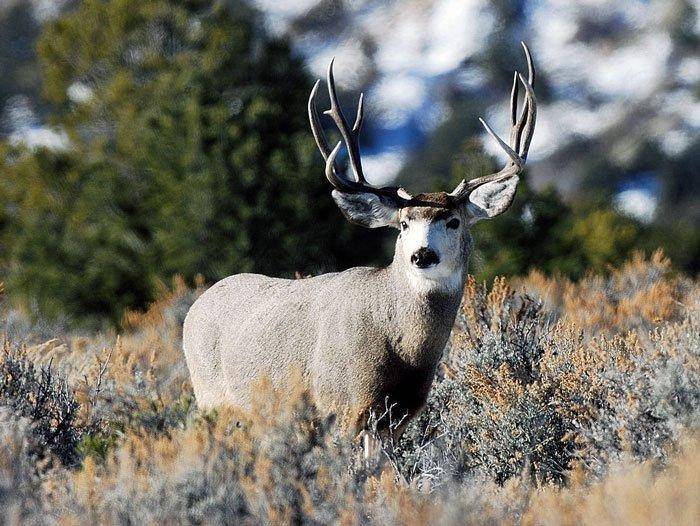Dry conditions could make this year’s general rifle buck deer hunt a tough hunt. Utah’s most popular hunt starts soon.
DWR Press Release
Months of hot, dry weather will likely make this fall’s general rifle buck deer hunt a tougher hunt.
Covy Jones said hot, dry weather makes deer less active. “Instead of moving,” said Jones, big game coordinator for the Division of Wildlife Resources, “the deer bed down in the shade. They stop feeding earlier in the morning. And they don’t leave their bedding areas to feed again until just before sundown. Because they’re not moving much, they’re tougher to find and hunt.”
Despite the tough conditions, more than 60,000 hunters, along with their non-hunting family and friends, are expected to enjoy time in the backcountry during Utah’s most popular hunt.
This fall, the general rifle hunt is split into two hunts: an early hunt that started Oct. 10 on seven hunting units in Utah, and a late hunt that starts Oct. 20 on 29 units.
Dry conditions
Drought.gov confirms what you likely already know: drought has Utah in its grip. Jones said drought conditions are extreme in 40% of the state. “The eastern part of Utah is especially dry,” he said.
In addition to areas under extreme drought, 7% of Utah is experiencing exceptional drought. “Exceptional drought is as bad as it gets,” Jones said. “Conditions like that haven’t been seen in recent history.”
Despite the dry conditions, spotty areas across the state have received some rain this summer. And rain between now and the start of the hunt could cause some grasses to ‘green up’ and help rejuvenate some of the browse species deer rely on in the winter.
“Spots that have green vegetation might be ‘deer magnets’ during the hunt,” he said.
You can learn more about conditions on the unit you’ll hunt on the Utah Hunt Planner website.
More than 360,000 deer
The number of mule deer in Utah peaked at 384,000 in 2016. That’s the highest count since the 1980s. A tough winter in parts of northern and northeastern Utah in 2016–2017, and severe drought in 2017, dropped that number to an estimated 363,000 bucks, does and fawns after the hunts were over in 2017. And only a few of those deer died this past winter.
“There are still a lot of deer in Utah,” Jones said, “but, because of the tough hunting conditions, they’ll be more difficult to find this fall.”
Also, don’t be surprised if the antlers on the buck you take are smaller than normal. “A buck deer’s body will meet its nutritional needs first before putting energy into antler growth,” Jones said. “Because of the drought, many of the plants the deer eat don’t have the nutritional value they normally have. So, on average, antler growth probably won’t be as good this year as it would normally be.”

